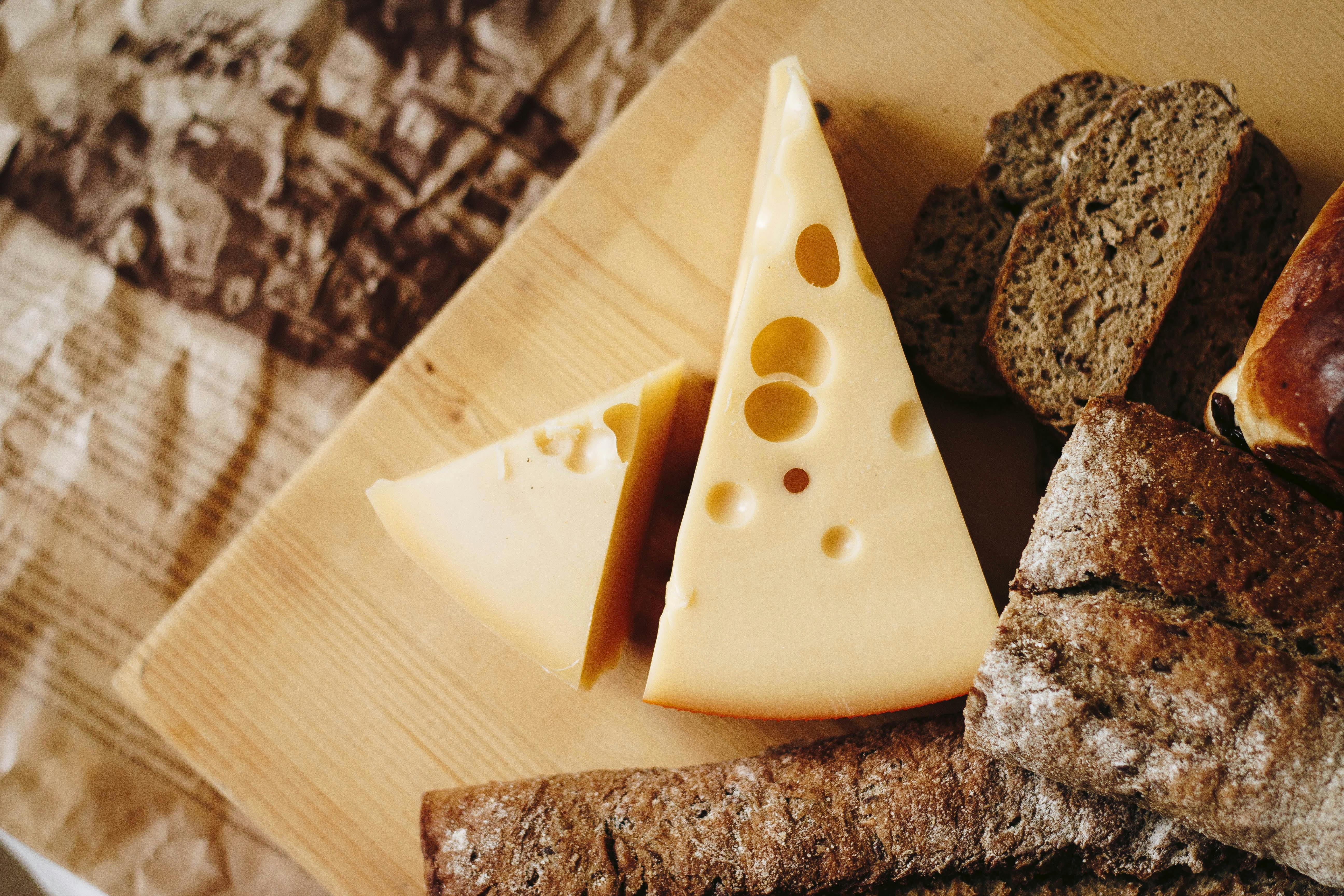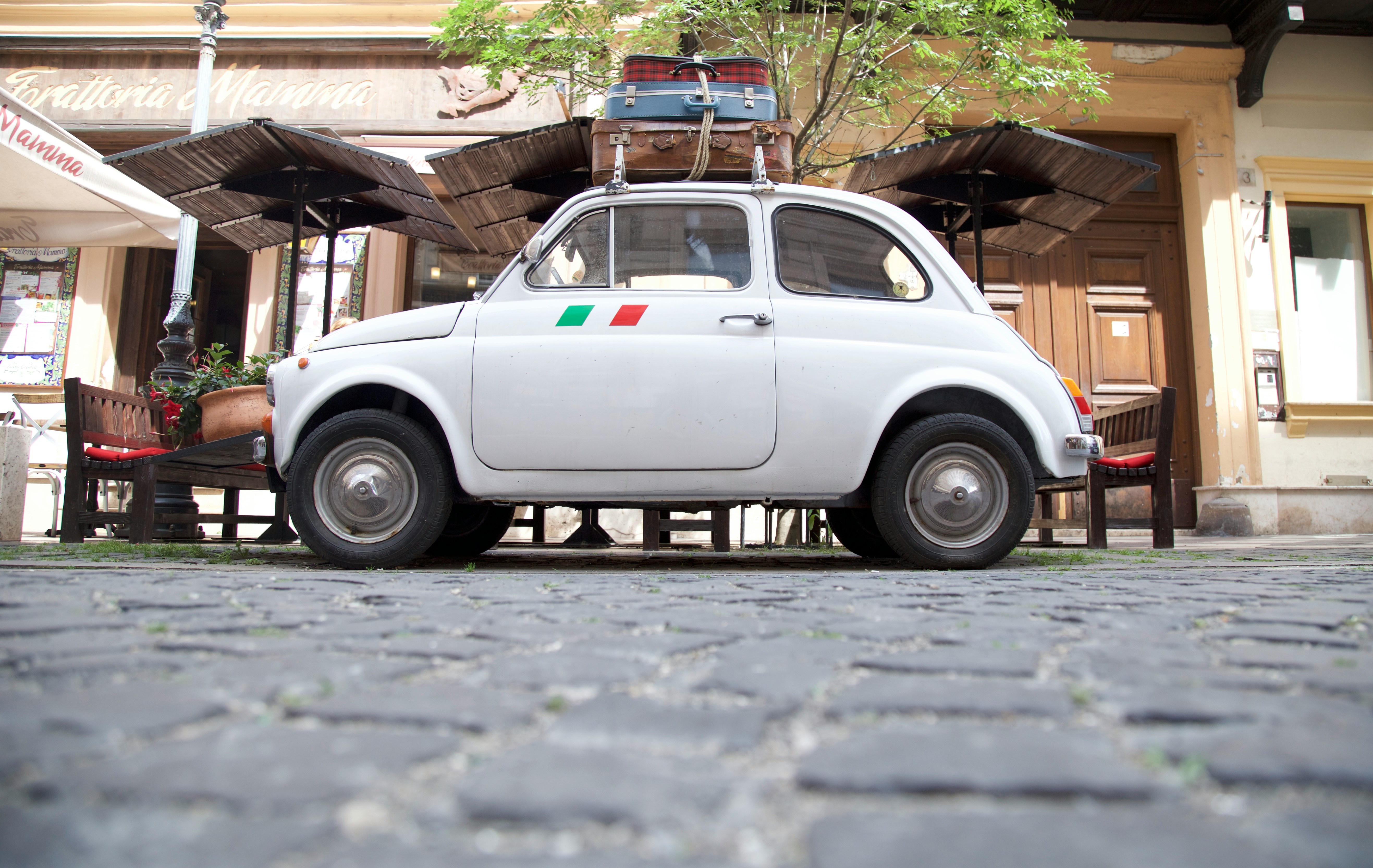A Dive into the World of Artisanal Cheeses
Cheese: a simple word that opens up an entire universe of flavors, textures, and histories. From the pungent blues to the creamy bries, there's a cheese for everyone. But have you ever wondered how these cheeses are made? Let's unravel the mystery behind the fascinating world of artisanal cheeses.

From Milk to Masterpiece
Cheese, in its simplest form, is a product of milk. The process of cheese-making starts with fresh milk, which is often pasteurized to kill any harmful bacteria. Rennet, a natural enzyme, is added to the milk, causing it to curdle. These curds are then cut, cooked, and pressed into molds. The cheese is then aged under specific conditions. This process may sound straightforward, but the devil is in the details. The type of milk, the strain of bacteria, the aging process – each step adds a unique characteristic to the cheese.
The Magic of Microbes
Microbes play a pivotal role in cheese-making. They feed on lactose, a sugar in milk, and produce lactic acid. This not only contributes to the cheese’s flavor but also helps preserve it. Some cheeses, like blue cheese, are inoculated with specific molds. This gives them their distinctive veins and sharp, tangy flavor.
The Art of Aging
Aging, or affinage, is where cheese truly transforms. Cheeses can be aged anywhere from a few weeks to several years. During this time, they are stored in carefully controlled environments. The temperature, humidity, and even the air circulation are meticulously maintained. Some cheeses are washed, brushed, or turned regularly. All these factors dramatically affect the cheese’s flavor and texture.
The World of Artisanal Cheeses
Artisanal cheeses are those made by hand, using traditional methods. They often come from single herds and are made in small batches. This allows cheese-makers to pay close attention to each batch, adjusting their methods based on the milk’s quality and the season. Artisanal cheeses are a world away from mass-produced ones. Their flavors are complex, and each cheese has a story to tell.
Exploration Tips
- Always taste cheese at room temperature. Cold cheese can mute flavors.
- Get adventurous with pairings. Try cheeses with different kinds of bread, fruits, or even chocolate.
- When tasting several cheeses, start with the mildest one and gradually move to stronger ones.
In Conclusion
Whether you’re a cheese connoisseur or a curious foodie, the world of artisanal cheeses offers a delightful journey of discovery. Each cheese, with its unique flavor profile and story, is a testament to the art of cheese-making. So the next time you enjoy a slice of cheese, take a moment to appreciate the craft and tradition behind it.





